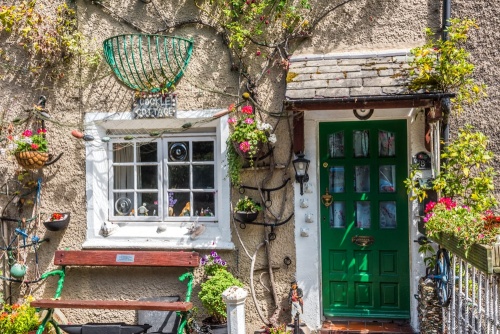
Heysham has an undeserved reputation as simply the southern bit of Morecambe. That may be true of the newer housing developments, but the historic core of Heysham is a delightful maze of winding lanes and picturesque cottages.
JMW Turner visited Heysham in 1816 and made numerous sketches of the area. He used these sketches to create the painting 'Heysham and Cumberland Mountain' in 1818.
Heysham was a quiet farming and fishing community until 1904 when Heysham Port opened. The port offered ferry services to Ireland and the Isle of Man, and the influx of travellers transformed the ancient village overnight. Thankfully, the picturesque core of the old village remains, though it is now surrounded by modern housing developments.
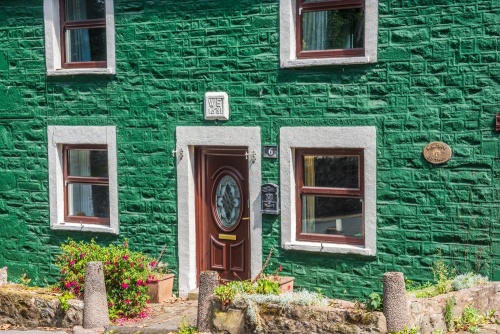
Heritage Centre
There's no better place to learn about Heysham and what to see and do in the area than at the Heritage Centre on Main Street. The Centre is housed in a 17th-century longhouse (a combined cottage and barn). The centre occupies the barn section, while the cottage section of the longhouse is rented out as holiday accommodation.
The Heritage Centre boasts an intriguing display of old photos, a timeline of Heysham history, historical artefacts, and a selection of locally published guidebooks and history pamphlets.
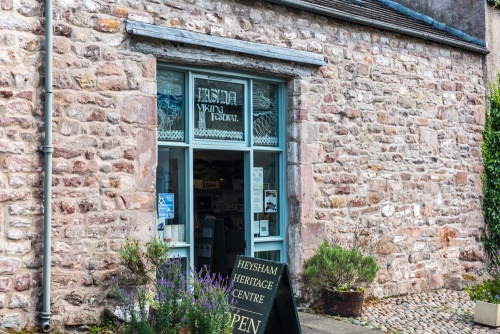
St Peter's Church
Heysham's parish church may be one of the oldest places of continuous Christian worship in Europe, with a history stretching back in an unbroken line for well over 1000 years. There may have been a church here as early as the 8th century.
There are several Saxon features built into the church walls, including a blocked west doorway. An ancient arch stands in the corner of the churchyard. This was removed from the north wall when the church was renovated but is also thought to be of Saxon origin.
Inside the church, the most interesting feature is an 8th-century Viking hogback gravestone, carved with a mix of Christian and pagan symbols including scenes from Norse myth, including the figures of Sigmund and Sigurd.
Beside the churchyard path is an early Norman coffin and the carved base of a Saxon cross. Set into a wall outside the churchyard is St Patrick's Well, an 18th-century wellhead in a semi-circular recess.
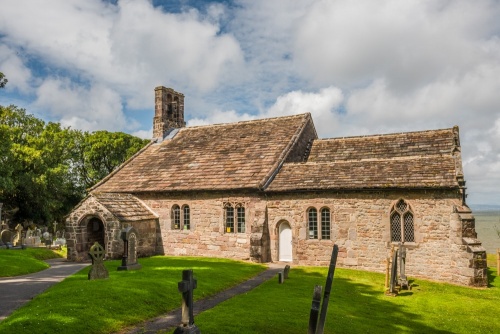
St Patrick's Chapel
On the headland beyond St Peter's churchyard stands the roofless remains of an ancient chapel. Tradition says that St Patrick was shipwrecked here in the 5th century. When he made his way safely to shore, St Patrick established a small chapel on the headland. The chapel was rebuilt in the 8th century and again in the 10th century before finally falling out of use.
The chapel remains feature a Viking era doorway with a rounded arch, and a stone with a socket for an outdoor preaching cross. Excavations suggest that the chapel was too small for regular worship and people must have gathered outside for services.
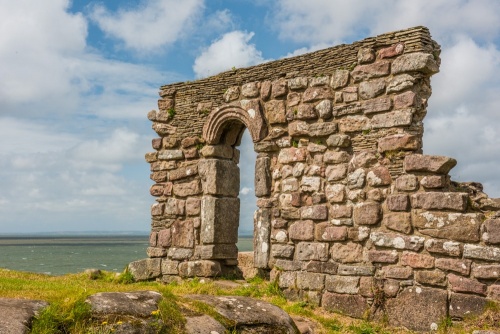
Rock-Cut Graves
On the edge of the cliffs outside the chapel wall are six shallow graves cut into the solid rock. Several of the graves have been carved in human shape with a distinct head area and a tapering body. At the head of the graves is a row of sockets that once supported stone crosses. Historians suspect that the graves held disarticulated bones and acted like reliquaries rather than ordinary coffins.
Local tradition says that one of the graves was used to hold the relics of St Patrick himself. Certainly, it seems that the graves and the chapel were the focus of veneration and may have been a destination for early pilgrims.
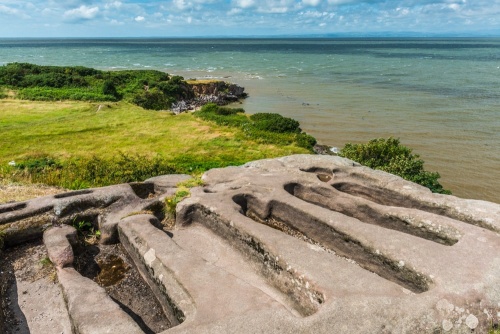
On Main Street stands the Royal Hotel, a picturesque pub that began as a grain store in the Elizabethan period before it was converted into a pub in the 17th century. The pub used to brew nettle beer, but now offers a changing menu of ales.
Heysham is a two-time winner of the 'Britain in Bloom' competition.
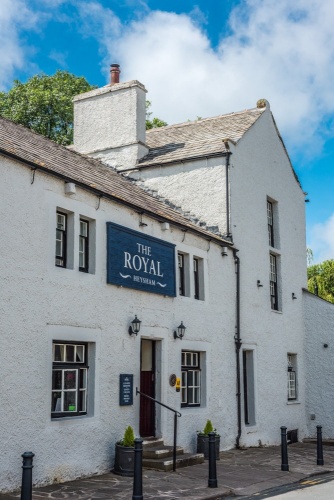
Getting There
Heysham is on the A683 south-west of Lancaster and the A589, south of Morecambe. In practice, it is hard to tell where Morecambe ends and Heysham begins. There is a village car park at the junction of Main Street and Barrows Lane, just off the A589.
About Heysham
Address: A589,
Heysham,
Lancashire,
England
Attraction Type: Village
Location: On the A589 south of Morecambe
Website: Heysham
Location map
OS: SD412611
Photo Credit: David Ross and Britain Express
HERITAGE
 We've 'tagged' this attraction information to help you find related historic attractions and learn more about major time periods mentioned.
We've 'tagged' this attraction information to help you find related historic attractions and learn more about major time periods mentioned.
Find other attractions tagged with:
NEARBY HISTORIC ATTRACTIONS
Heritage Rated from 1- 5 (low to exceptional) on historic interest
Heysham, St Peter's Church - 0.4 miles (Historic Church) ![]()
Heysham, St Patrick's Chapel - 0.4 miles (Historic Church) ![]()
Wery Wall and Roman Bath House - 3.8 miles (Roman Site) ![]()
Lancaster Priory - 3.8 miles (Historic Church) ![]()
Lancaster Castle - 3.8 miles (Castle) ![]()
Cottage Museum - 3.9 miles (Museum) ![]()
City Museum - 4 miles (Museum) ![]()
Lancaster, St John the Evangelist Church - 4.1 miles (Historic Church) ![]()



